Understanding Wine Flavors and Aromas
Understanding Wine Flavors and Aromas
Wine is more than a drink—it’s a sensory adventure. From the first pour, its colors, aromas, and flavors weave a unique story. This article dives into understanding wine flavors and aromas, offering tips to identify them and pair wine with food, including a Beringer Merlot tasting guide.
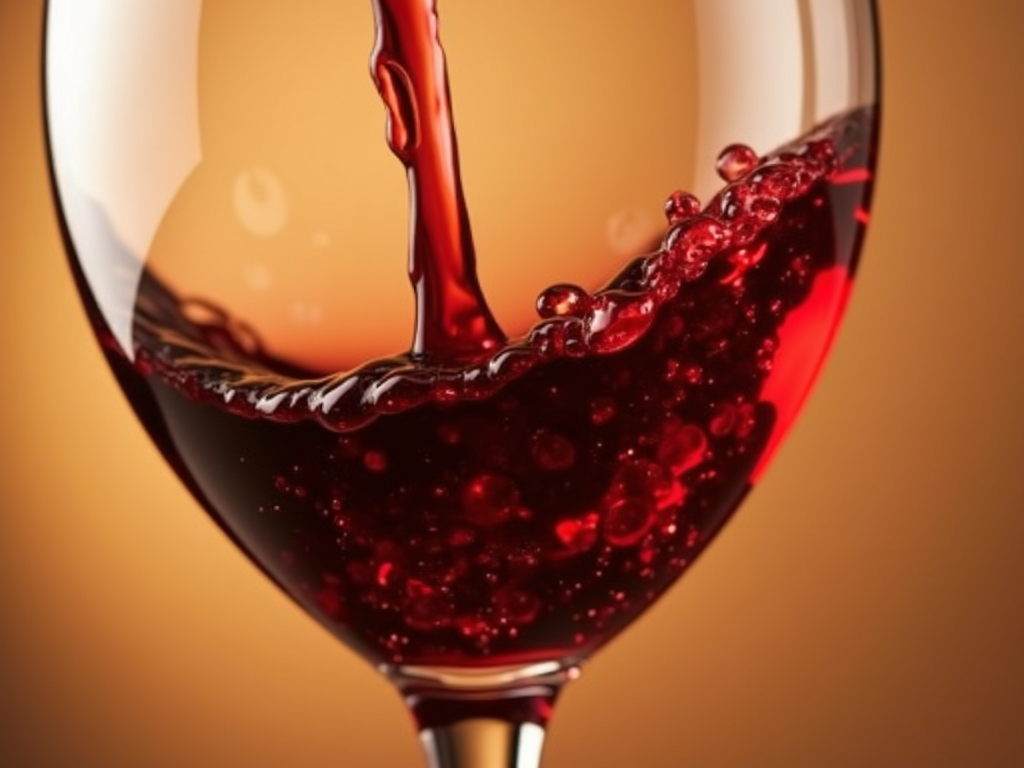
Understanding Wine Flavors and Aromas
What makes a wine special? It’s all about flavors and aromas. Flavors are what you taste—think fruit or spice. Aromas are what you smell, like flowers or earth. These come from the grape type, the growing region, how the wine is made, and how it ages.
I’ll never forget my first wine tasting in Napa Valley. The sommelier showed us how to look at the wine’s color, swirl it to unlock its smells, and sip it slowly. That day, I learned every glass holds a story if you pay attention.
The same grape can taste totally different depending on where it’s from. A California Chardonnay might burst with pineapple, while a French one hints at stone. Aromas fall into three types: primary (from grapes, like citrus), secondary (from winemaking, like butter), and tertiary (from aging, like nuts or spice). Once, I tasted a young Riesling next to an aged one—fresh lemon turned into honey over time. Wild, right?
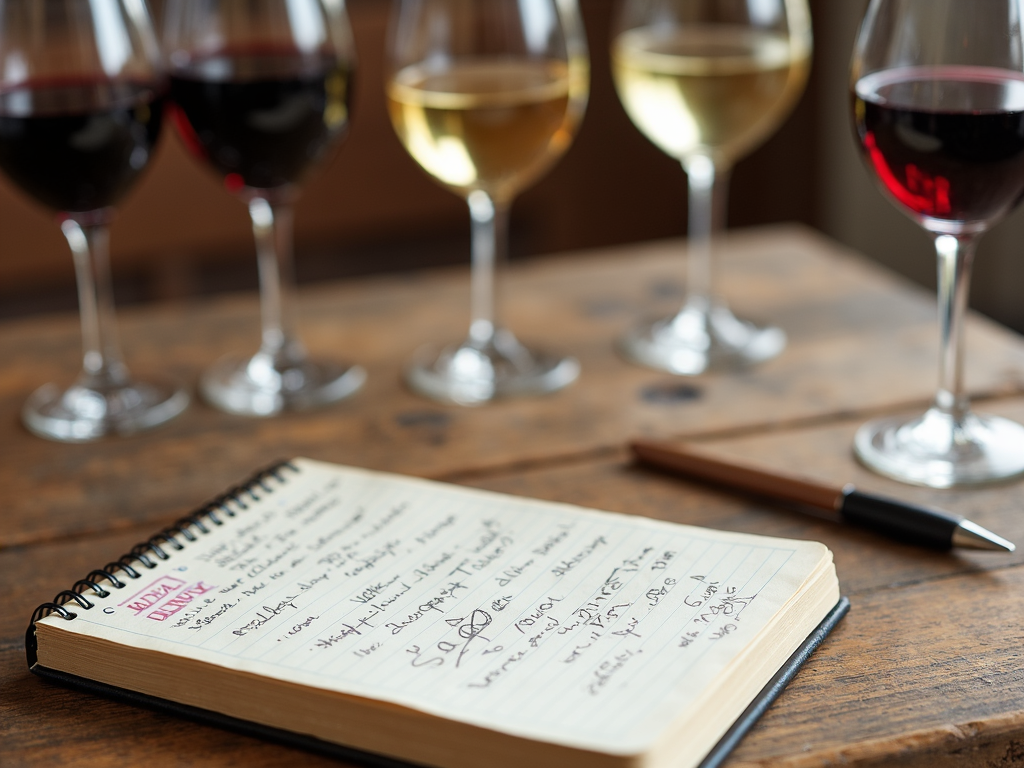
How to Identify Wine Flavors and Aromas
New to wine? Identifying flavors and aromas is easier than you think. Here’s a simple guide:
- Look: Check the color. Is it light or dark? Clear or hazy?
- Swirl: Twirl the glass to wake up the smells.
- Smell: Sniff deeply. Notice fruit, flowers, or herbs?
- Taste: Sip and let it sit. Spot the flavors and feel—sharp, smooth, or grippy?
- Think: What stands out? Do smells and tastes match?
I keep a little notebook for my tastings. It’s fun to see how my notes get sharper over time. Want to level up? Try a wine aroma wheel—it’s like a cheat sheet for smells. My first tasting class had us sniffing apples and dirt to train our noses. It clicked after that.
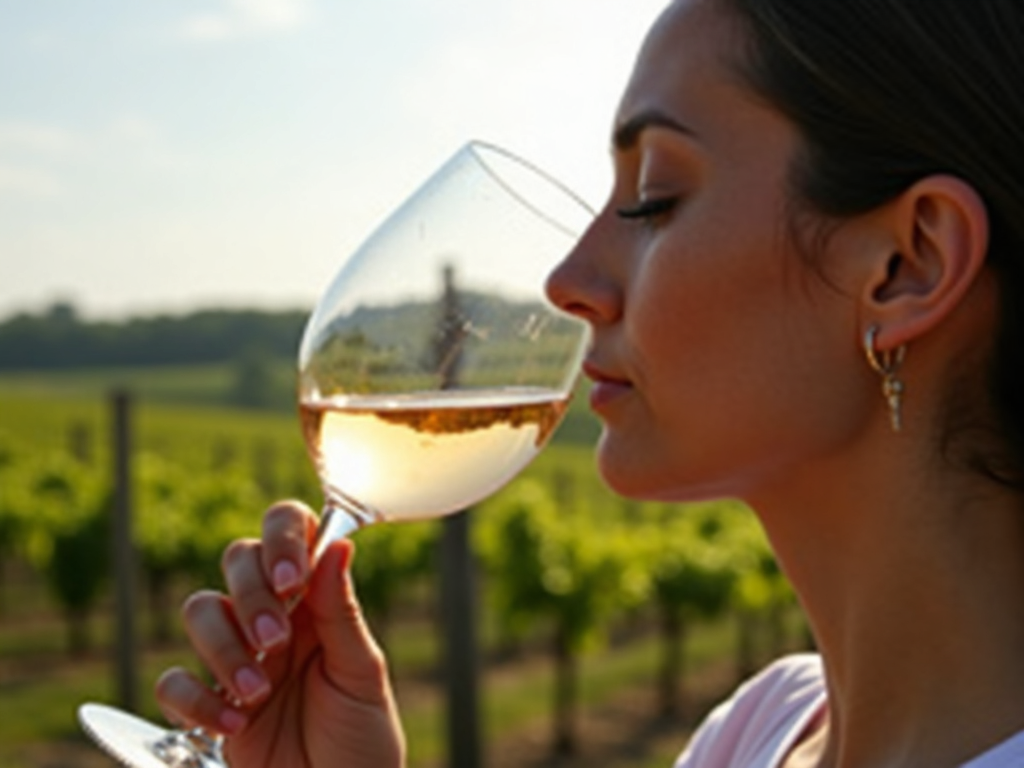
The Science Behind Wine Tasting
There’s real science in every sip. Your nose and tongue team up, catching tiny compounds in the wine. Your brain turns those into flavors and smells. Experts say we can detect thousands of aromas—pretty cool, huh?
Research shows pros describe wine better than beginners, but anyone can improve with practice. Check out this study from UC Davis on how our senses work with wine. It’s mind-blowing how much is going on in one glass.

Pairing Wine with Food: Tips and Tricks
Matching wine with food makes both shine. It’s about balance. Here are some easy tips:
- Match weight: Light wines for light dishes, bold wines for heavy ones.
- Cut fat with acid: Sharp wines love rich foods.
- Echo flavors: Pair fruity wines with fruity bites.
- Mix it up: Try wild combos—you might be surprised.
I love Sauvignon Blanc with goat cheese—the zing clears the creaminess. Or a big Cabernet with steak; the bite of the wine hugs the meat’s richness. Seafood? Go for Pinot Grigio to lift the delicate taste. For more ideas, see this Wine Spectator guide.
Regional pairings work too. Think Italian wine with pasta—centuries of practice can’t be wrong!
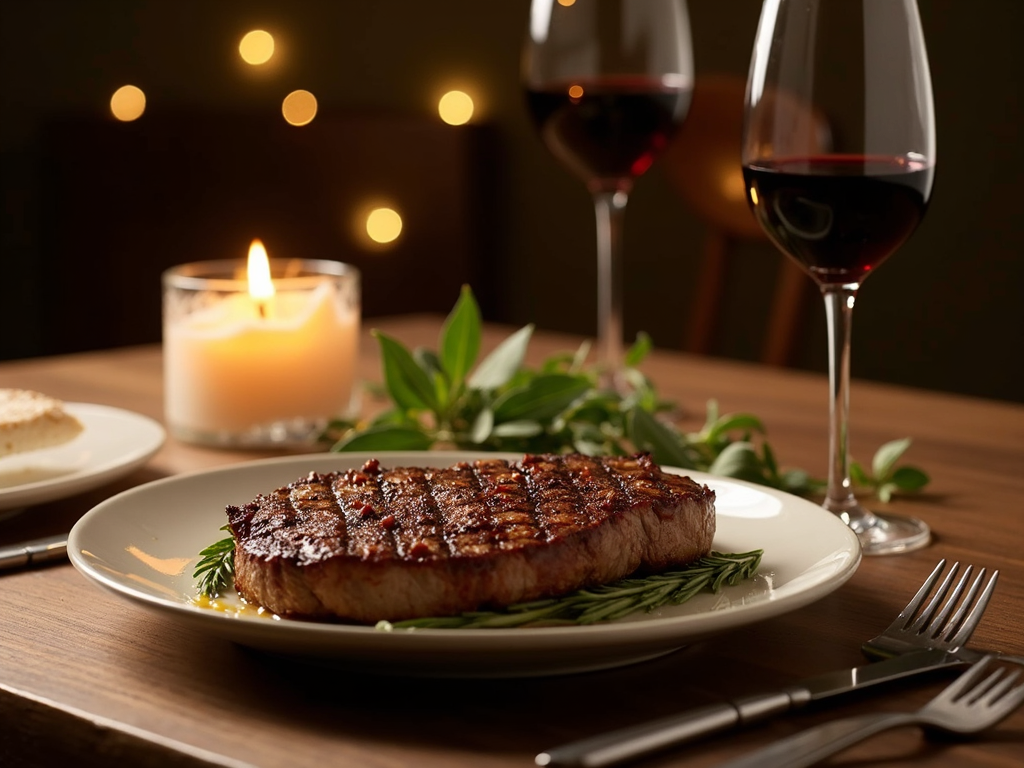
Beringer Merlot Tasting Guide
Beringer nails it with their Merlot—a smooth, balanced red from Napa Valley. Here’s how to taste it:
- Look: Deep ruby, crystal clear.
- Smell: Plum, cherry, and a whiff of vanilla.
- Taste: Medium weight, with dark fruit, chocolate, and soft grip.
- Finish: Long and spiced.
The oak barrels it ages in add that cozy vanilla twist. I tasted it at Beringer’s vineyard once—straight from the barrel, no less. Pair it with grilled lamb or pasta; the fruitiness plays off the dish perfectly. Curious? Visit Beringer’s site for the full scoop.

Exploring Beringer and Other Wine Brands
Beringer’s lineup is worth a look. Their Cabernet Sauvignon packs bold flavor—great with beef. The Chardonnay? Creamy and fruity, ideal for chicken. Napa’s soil and care shine in every bottle.
Wine brands like Beringer inspire exploration. Try a Symonkey maps the world—jump into Pinot Noir or branch out to a crisp Sauvignon Blanc. Variety keeps it fun.
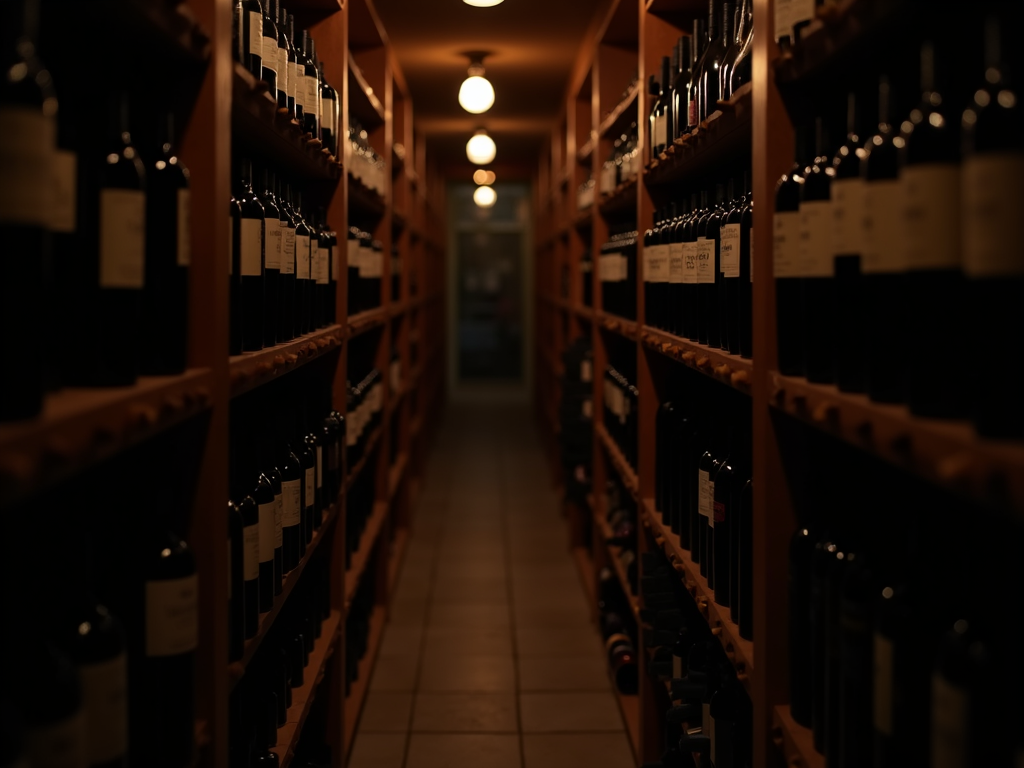
Wrapping It Up
Understanding wine flavors and aromas opens up a world of enjoyment. Practice spotting smells and tastes, pair wines with meals, and explore brands like Beringer. Each glass teaches you something new. Sip, savor, and enjoy the ride!
